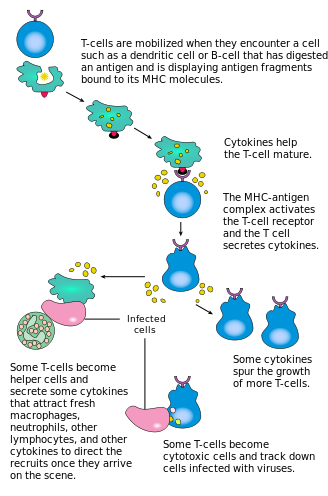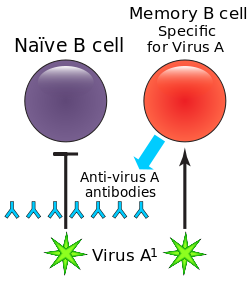Journals of a Mongolian Scout
(Translated from Uyghur script by Sean Yang)
Year 1216
Introduction
My lord, Temujin, has changed his name to Genghis Khan. The first Khan of mongolia, the first king to unite the plains of our great steppe under the banner of the Mongol Empire. and create the ruthless Mongolian horde.Under the pretense of "finding greener pastures for our herd" we have pillaged and quite literally swept across the entire Eurasia. Our cavalry have ridden as far as the steppe can go, and our arrows have plunged into skulls of all races.
On my latest excursion versus the Kara-Kitan Khanate,a enemy archer maimed my beloved horse in the leg, I subsequently fell off and injured my leg. Usually, the Mongolian Horde leaves the stragglers and the unfit behind for the mountain lions, but I was one of the few men that could read and write. Therefore, I am tasked by my great majesty to record the environment and note down everything about the steppe's climate and biome. A menial and trivial task for a man of my stature and martial prowess, but the Khan's wish is my command. Plus he is too busy planning the next raid and keeping his eight wives in check.
A painting of the supreme Khan, his beard is a lot longer now and looks better than that of Mr. Quick.
The Terrain and Climate
Our great steppe is known to the men we conquer as a temperate grassland. Ones who refuse to call it a steppe has already been buried alive. In the steppe, all we have is grass, a all important resource to feed our sheep herd.The Mongolians are a nomadic people, our land is too dry for crops and our herd needs more grass as food. During the time of our great Khan uniting Mongolia, clans would fight each other over petty acres of grass covered land. Now the Mongolian horde has conquered more grasslands than our herd will ever need! Travelers from other parts of the world have told me of steppes with different temperatures and rainfall, and even different types of grass. Perhaps one day our great Khan will conquer all of the steppes in the world. But in our Mongolian steppes, the air is dry and humid. During the summer, our sun can reach blistering temperatures of 104 F, and the gods show their discontent through frequent thunderstorms and fires which could devastate our herd's food source. We barely receive any rain during the dry seasons, and over the entire year, I have observed in a unused wash basin at home that the steppes have no more than 30 inches of rainfall a year. When our horde swept across the plains of Eurasia easily slaughtering all enemies in our way, I have noticed that the grass is lusher when we are closer to areas with trees, and little in number when close to the desert of our middle-eastern adversaries. Much to our rejoice, the great steppes have no trees! This allows our cavalry archers a clear line of shot against helpless villagers fearing for their life. The winters mark a period of intense hardship for us soldiers. With no trees, the winds howl with the sound of a dying fox and so strong that it blew our tents apart. Our coldest times were marked to be -40 F, and there has been days where our tents would collapse from the weight of the snow overnight. Our life on the steppes is hard, we dig deep into the ground for our water and our men learn to fight without rations for several days. But the Mongolians are a strong and tough empire, and our ecosystem has only made us fearless in the face of our enemies. Sometimes, when the enemy enters our steppes, they note down the giant mountains of skulls that is also part of our natural landscape.

Our strategist have devised a temperature graph over a year so that our troops can better prepare for the upcoming weathers.
The rainfall of our steppes vary in different times, we tend to cure our meat and stockpile food when the low rainfall times come since our herd may not find grass.
A painting of our steppes by our artist, notice how we have no clouds, which is why we freeze during the winter.
The Plants
The harsh climates of the steppes stops our grasses from growing too long, but after our horde has charged through vast plains of steppes we have never though existed, I have recorded down many types of different grass found in our conquered lands. We have the fringed sagebrush, milk vetch, sweet vernal, rhubarb and even tumbleweeds. Unfortunately, due to our rainfall, our grass never grows only longer than 1 and a half inch.
Milk Vetch
Fringed Sagebrush
Tumbleweeds!
Animals
The only wild life of great concern to our people are the horses. My own horse was caught by myself when I was at the age of 6. I jumped onto the toughest mustang I have ever seen near our village and managed to subdue it without getting flung off. Antelopes are also common, and they graze our precious grass which we need for our herd, so we hunt and kill them whenever we find one. There are also numerous types of burrowing animals digging deep into our soil, rabbits, squirrels and ferrets are all eaten whenever they are caught.Finally, the most dangerous animal which lives in our plains is the rare lynx cat. There was a tale of a lynx pummeling an entire group of adventurous young boys. Our great leader Genghis Khan keeps one as his pet. The falcons and eagles soar high up in the sky, and are used as target practice for the most skilled of archers. There are many more small lizards and insects, and mainly serve as food for the birds.
The lynx
The iconic Saiga Antelope
My son had one of these as his pet, our family ate it during the winter when we were out of food.
The Food Chain
The grass serves as the primary producer for all life in our steppes.
We have forgotten to put "enemy villagers" as a primary food source for our soldiers.
The plants in the steppes have deeper and stronger roots to protect against the wind and to find water easier. The plants are much like those of the desert. The symbiotic relationship of our steppe biome is parasitism. When one species becomes weak, the other becomes more powerful and dominant.
Websites Visited (Pictures too)
The foodwebb,
http://ecoplexity.org/model_collection
Biogeographical Process,
http://clasfaculty.ucdenver.edu/callen/1202/Landscapes/Biogeog/Biogeog.html
Climate/Temperature of Biomes,
http://earthobservatory.nasa.gov/Experiments/Biome/graphs.php#grassland
The Steppe Biome
http://www.blueplanetbiomes.org/steppe_plant_page.htm



























